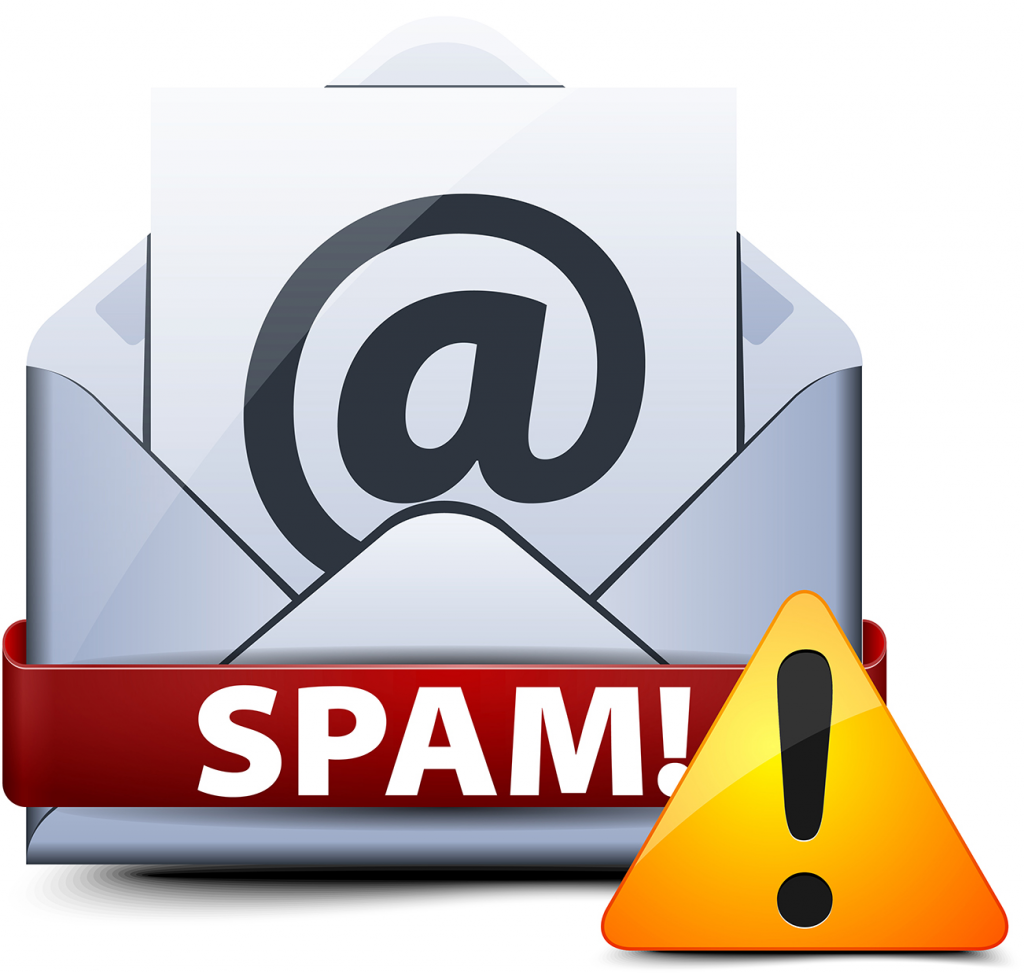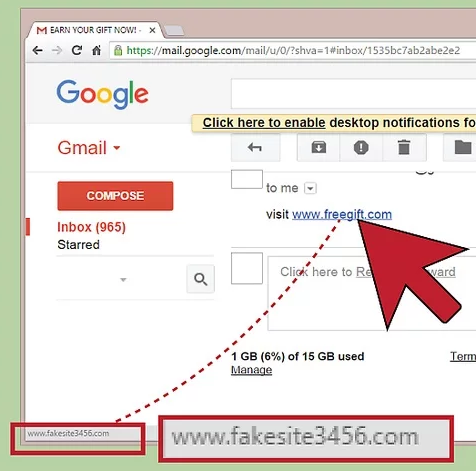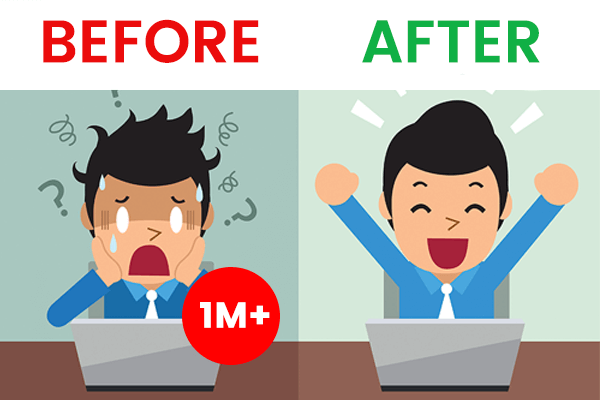Emails are lifeline of any internet profile that is used for any formal communication. An email from your email address is recognized as an authorized email that is perceived to have valid and clutter-free information and attachments. However, if you receive an email too frequently from someone you don’t know, this might be a case of spam and phishing.
Every year in the US, millions of spam and phishing cases are registered, which are getting multiplied manifolds. If you use your email address over internet, you must know how to recognize spam and phishing emails to ensure your safety. These spam mails not only a threat to your cyber security but also carry monetary threats.

What is spam?
Spam refers to unwanted messages that are sent electronically. The receiver neither requests nor requires the messages that a spammer sends. In most cases, spam messages contain advertisements, links, phishing pages and even self-downloadable malware.
One of the biggest reasons that spam messages have took over the world is their cost that is approx. nil. These messages are generally sent under campaigns, it means, if even a fraction of the targeted audience revert, the cost of the campaign gets covered, plus more money.
How to recognize spam and phishing emails?
When you receive an unexpected email from someone you don’t know, there are chances that the mail is either spam or leads to a phishing website. To recognize spam or phishing emails, you may consider below tips:
1. Check if the link matches its destination:
When you receive a suspicious email from an unknown person, there are chances that it would contain several links for you to click. Before making any move, simply hover over any link in the email and check the destination address in the left hand side bottom corner of the screen. If it matches, you may consider visiting. Else, simply block the sender and discard the message.
To help you understand this process we’ve got a practical example. You may hover over www.systweak.com. When you hover over this link, you’d find the destination to be of Google’s and not Systweak’s. This is how the scammers and spammers get you to their fake websites.

2. Common spam topics in subject line:
Most common spam practices include attractive subject lines that seem to offering you affluent objects for free. Subject lines including money depositing communication, $1000 Amazon voucher, tax refund etc. are added to drag your attention. If you don’t recall ordering something online, don’t assume that you may have forgotten, it is probably a scam.
3. Check security for landing page:
In case you receive a highly doubtful email that you find it hard to validate if it’s illegitimate, you may check the security of its landing page. When you click on the links provided, check for the https:// security sign and click on the ‘lock’ icon to confirm whether the page is secured.

4. Use third party security sites:
Increasing security threats have also provided you various security panels to counter these risks. There are many third party websites that help you validate a link’s credibility before you click on it and visit. It is recommended to check a link’s legitimacy before handed.
5. Check for typos and basic mistakes:
If you find it difficult to get your head around the technicality of spam messages, there’s an old school technique to recognize spam and phishing emails. Upon opening an email, read the content carefully and check for basic grammar and typing mistakes (typos). Most of the spammers do not pay much attention to a formally written letter, which is expected from any popular website, which they may be imposing themselves to be.


Overall, spam messages are hardly relevant to what you may be looking for. Therefore, it is important that you’re educated on how to recognize spam and phishing emails and never entertain them. If you observe regular mails with relevant content, you may find out its legitimacy and block it then and there. If you wish to share some tips and tricks to avoid spam and phishing emails, do let us know in the comments below.
 5 Best Free Email Spam Filter For WindowsWho likes hundreds of spam emails in their inbox? No one! Download these best email spam filters for your Windows...
5 Best Free Email Spam Filter For WindowsWho likes hundreds of spam emails in their inbox? No one! Download these best email spam filters for your Windows...


 Subscribe Now & Never Miss The Latest Tech Updates!
Subscribe Now & Never Miss The Latest Tech Updates!